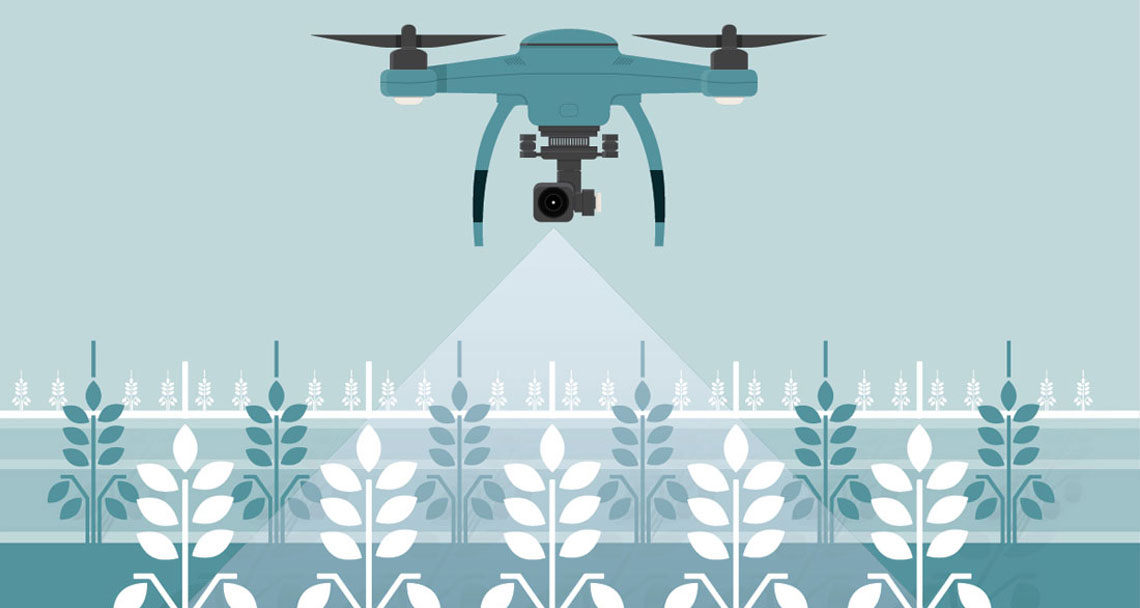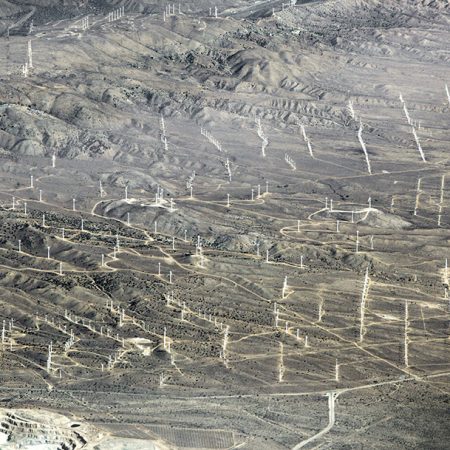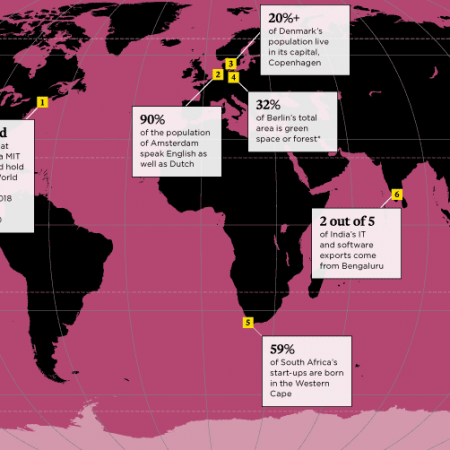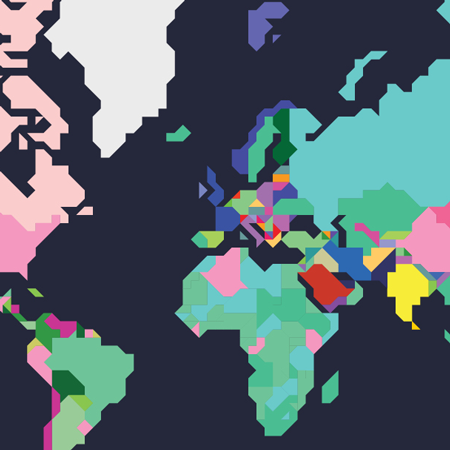Progress in agricultural technology is gathering pace, attracting investment from sources both inside and outside the industry. Here are seven innovations that will enable reduced use of resources (from labour to natural resources), better decision-making based on reliable data and improved transparency and traceability within the supply chain. The future is now.
1. Robotics and drones
Practical applications for drones are expanding fast. Armed with cameras, they are used to round up livestock, carry out stock and crop checks, apply nutrients and even take crop samples. Using drones for tasks such as these means using smaller machines, which reduces the possibility of damaging natural resources.
2. Sensors
Sensors can be used for myriad of tasks including monitoring temperature, nutrients, moisture, irrigation, environment composition, crop yields and enabling electronic identification (EID) to name but a few – and all in real-time, too. Soil management, crop storage, livestock identification and the supply chain can all benefit from the use of sensors.
3. SMART irrigation
Sustainable, Managed, Accountable, Responsible and Trusted (SMART) irrigation is focused on the efficient use of water and energy to apply irrigation, both for field and intensive cropping systems.
4. Next-generation farms
Vertical and indoor farming systems, which grow food without using soil or sunlight, are popping up in all sorts of locations from vast warehouses in the USA to disused underground stations in the UK. An opportunity to use SMART irrigation, these farming systems are said to use 95% less water to produce the same output and require just 1% of the land used for conventional farming.
5. Big data
The use of data analytics and predictive modelling can enable all parts of the food chain – from field to fork – to make decisions based on reliable data.
6. Artificial intelligence (AI)
Automating basic customer service tasks is just one example of how AI (intelligence demonstrated by machines) can be used to improve customer/user experience and satisfaction.
7. Blockchain
A shared digital record, which everyone can inspect but no single user controls, blockchain is already being used to log cattle ID. Blockchain makes it possible to record all aspects of an animal’s journey through the supply chain, providing complete traceability for the industry and consumers. The Foods Standards Agency has successfully completed a blockchain pilot, using the technology to ensure compliance in a cattle slaughterhouse.




